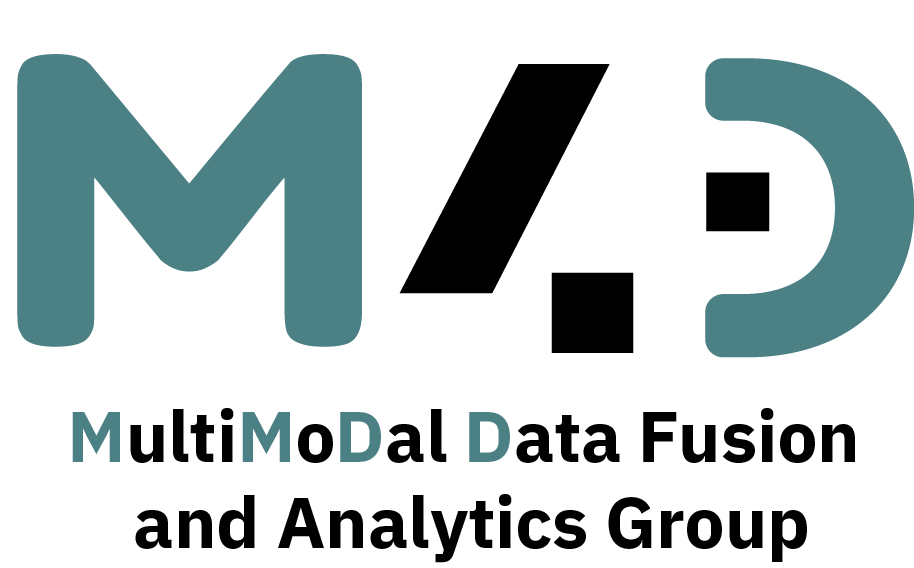
AIDA
Artificial Intelligence and advanced Data Analytics for Law Enforcement Agencies
The goal of AIDA is to provide Law Enforcement Agencies (LEAs) in the EU Member States (MS) with innovative, dedicated and sustainable digital technologies to facilitate the entire Big Data analytics cycle as part of their investigative and proactive prevention capabilities focused on cybercrime and counterterrorism. More specifically, AIDA will provide law enforcement across the EU with a modular capacity to acquire, (pre-)process, enrich, analyse and visualise multi-source Big Data in near real-time. The latter will shift the capacity of EU Member States to fight cybercrime and terrorism, while implementing governance procedures to maintain full compliance with fundamental rights and applicable legislation, including privacy and protection of personal data and ensure chain of custody.
The AIDA framework will adapt to fast-evolving digital trends to establish a descriptive, predictive, and prescriptive data analytics platform using state-of-the-art machine learning and artificial intelligence (ML/AI) methods to prevent, detect, analyse, and combat criminal activities faster and more successfully while bridging the gap between the emergence of new threats (e.g., in the context of cybercrime and terrorism) and the deployment of countermeasures to address them (e.g., investigation and disruption). Furthermore, AIDA will support EU LEAs with the inclusion of dedicated functionalities for communication, reporting and secure dissemination of investigative enquiries results and trends to MS with case handling, reliable feedback mechanisms and opportunities to follow-up on requests as well as leading to longer-term proactive trend analysis. These will address the needs of the MS in a wide spectrum of relevant crime domains enabling them to anticipate and promptly respond to cybercriminal and terrorist threats. AIDA will address the common challenges faced by LEAs in all mandated areas, to derive meaning from and take intelligence-led decisions on the basis of voluminous and heterogeneous data in ever changing data landscape whilst effectively assimilating information to understand long-term trends for strategic outcomes.


